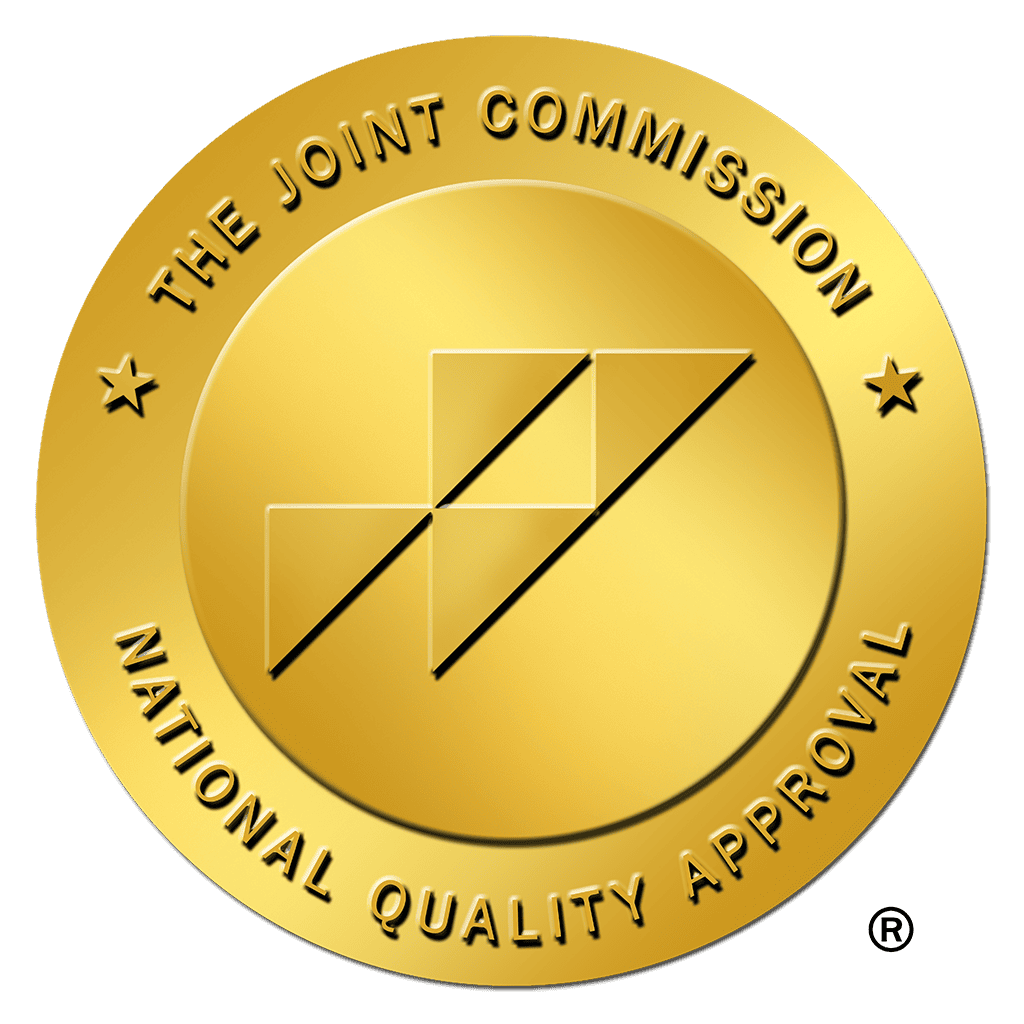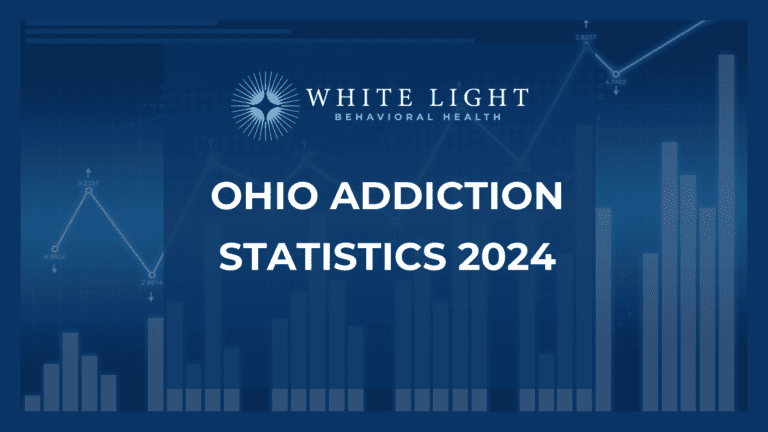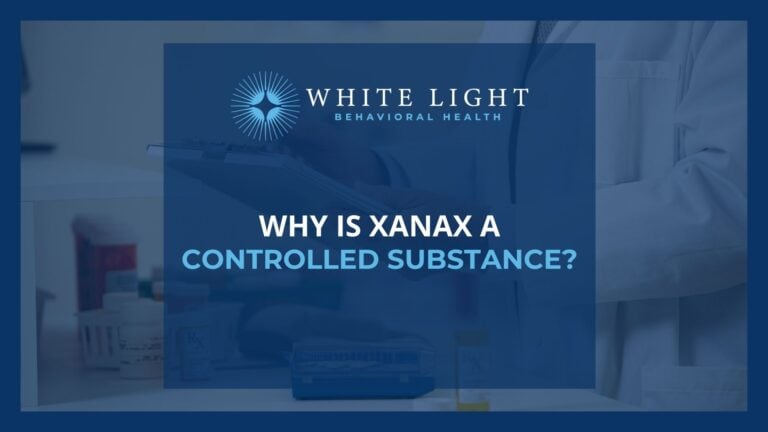Alcohol and Drug Rehab in Columbus, Ohio
"*" indicates required fields
About Our Addiction Treatments Programs
Our mission is to be a transformational experience for patients and their loved ones. Leading a life free of substances, drugs, alcohol, and addiction, is possible.
At White Light Behavioral Health in Columbus Ohio, you will receive the highest standard of clinical excellence, an ideal recovery environment, and safe, respectful, compassionate medical care.
We are committed to addressing the full spectrum of mental health needs, including impatient treatment options and rehab services.
Our Accreditations and Licenses


Our Substance Use Disorder Programs
At White Light Behavioral Health, we transform lives by providing a clear pathway to a life free from substance dependence. Our approach combines clinical excellence with compassionate care, addressing both the symptoms and the underlying causes of addiction for sustainable recovery. From the moment you enter our serene and secure facility, you’re supported every step of the way in a respectful community atmosphere. Our comprehensive treatment programs are tailored to meet individual needs and spans through all levels of treatment intensity.
Drug and Alcohol Medical Detox
White Light Behavioral Health offeres medically managed withdrawal services (Drug and alcohol detox) in a comfortable and compassionate setting where patients recover.
Residential Rehab Program
Each patient in residential rehab at White Light receives a completely personalized treatment plan, combining group, individual and family therapy with compassionate medical care.
Partial
Hospitalization
Partial Hospitalization or “PHP” helps our patients sustain long-term recovery through ongoing therapy, support, and access to clinical programs. We can facilitate low-cost leased housing for PHP patients.
Intensive Outpatient Program
Intensive Outpatient is appropriate for patients on the continuum of care whose need for medical and psychiatric services is stable and requires only maintenance.
Our core values - W.E. C.A.R.E


Evidence-Based Addiction Treatment Therapy
Our Evidence-Based Addiction Treatment Therapy integrates scientifically validated methods to effectively address substance use disorders. This approach combines behavioral therapies and medication-assisted treatments tailored to the unique needs of each client, ensuring a comprehensive and personalized path to recovery.
Family Therapy
Family Therapy focuses on strengthening relationships and improving communication among family members affected by addiction or mental health issues. By involving loved ones in the treatment process, we help families heal together, fostering a supportive environment that enhances recovery and well-being for everyone involved.
Cognitive Behavioral Therapy (CBT)
Cognitive Behavioral Therapy (CBT) is a structured, goal-oriented therapy that helps individuals identify and change negative thought patterns and behaviors. By developing healthier coping strategies, clients can manage symptoms of mental health disorders and reduce the risk of relapse in substance use.
Dialectical Behavior Therapy (DBT)
Dialectical Behavior Therapy (DBT) combines cognitive-behavioral techniques with mindfulness practices to help clients regulate emotions, improve interpersonal relationships, and develop distress tolerance skills. This therapy is particularly effective for those dealing with borderline personality disorder, severe mood swings, and self-destructive behaviors.
Motivational Interviewing
Motivational Interviewing is a client-centered counseling approach designed to enhance motivation and commitment to change. Through empathetic dialogue, this therapy helps individuals explore and resolve ambivalence about recovery, empowering them to make positive decisions regarding their substance use and mental health.
Contingency Management (CM)
Contingency Management (CM) is an evidence-based approach that uses positive reinforcement to encourage abstinence from substance use. Clients receive tangible rewards or incentives for meeting specific behavioral goals, such as maintaining sobriety or attending therapy sessions, which helps build momentum in their recovery journey.
12 Step Addiction Treatment
The 12 Step Addiction Treatment is a spiritual-based approach that guides individuals through a series of steps designed to promote personal growth and sobriety. This widely recognized program emphasizes community support, personal accountability, and the development of coping strategies to achieve and maintain long-term recovery from addiction.
We Accept Most Insurance Plans
The White Light Behavioral Health admissions team works around the clock to ensure that we can help as many families as possible. Verify your benefits now and someone will be in touch.

















Comprehensive Drug Addiction Treatment in Columbus
At White Light Behavioral Health, we specialize in treating a variety of substance use disorders, providing tailored care to help individuals overcome addiction and achieve lasting recovery. Our comprehensive treatment programs address the unique challenges associated with each substance, combining evidence-based therapies and holistic approaches for optimal outcomes.

Primary Mental Health Treatment
At White Light Behavioral Health, we understand that mental health needs can exist independently of substance use concerns. That's why we offer dedicated primary mental health treatment through our Partial Hospitalization Program (PHP) and Intensive Outpatient Program (IOP). These programs are specifically designed for individuals seeking support solely for mental health issues such as depression, anxiety, bipolar disorder, and more. Our PHP provides intensive daily care in a structured environment, while our IOP offers a flexible treatment option with regular sessions. Both programs utilize a range of evidence-based therapies and holistic approaches to promote mental wellness, ensuring that clients receive specialized care focused entirely on their mental health needs.
Expert Care for Mental Health Disorders
At White Light Behavioral Health, we specialize in the treatment of various mental health disorders. Our tailored programs are designed to address each condition with evidence-based therapies and holistic support, helping clients achieve mental wellness and a balanced life.
Post-Traumatic Stress Disorder (PTSD)
PTSD is a condition triggered by experiencing or witnessing a traumatic event, leading to prolonged distress, intrusive memories, and heightened arousal. Our PTSD treatment includes trauma-focused therapies, such as EMDR (Eye Movement Desensitization and Reprocessing) and trauma-informed CBT, to help clients process and heal from their traumatic experiences.
Anxiety
Anxiety involves excessive worry and fear that disrupts daily activities, sometimes leading to physical symptoms and panic attacks. We offer comprehensive anxiety treatment using cognitive-behavioral therapy (CBT), mindfulness practices, and stress management techniques to help clients manage their anxiety and regain control over their lives.
Panic Disorder
Panic Disorder is characterized by sudden, unexplained episodes of intense fear and panic attacks, which can severely affect daily functioning. Our treatment includes CBT and exposure therapy to help clients understand and reduce their panic attacks, along with techniques to manage the underlying anxiety.
Depression
Depression is a mood disorder that causes persistent feelings of sadness, hopelessness, and a lack of interest in activities. It impacts how individuals think, feel, and handle daily tasks. Our treatment for depression integrates therapies like CBT and interpersonal therapy, along with medication management, to help clients alleviate symptoms and improve their quality of life.
Obsessive-Compulsive Disorder (OCD)
OCD involves unwanted thoughts (obsessions) and repetitive behaviors (compulsions) that significantly interfere with daily life. Our OCD treatment utilizes exposure and response prevention (ERP) therapy and cognitive-behavioral techniques to help clients reduce compulsions and manage obsessive thoughts effectively.
Bipolar Disorder
Bipolar Disorder is characterized by extreme mood swings, including emotional highs (mania or hypomania) and lows (depression), affecting one’s energy, activity levels, and ability to carry out day-to-day tasks. Our bipolar disorder treatment combines medication management, psychoeducation, and therapy to stabilize mood and support overall functioning.












